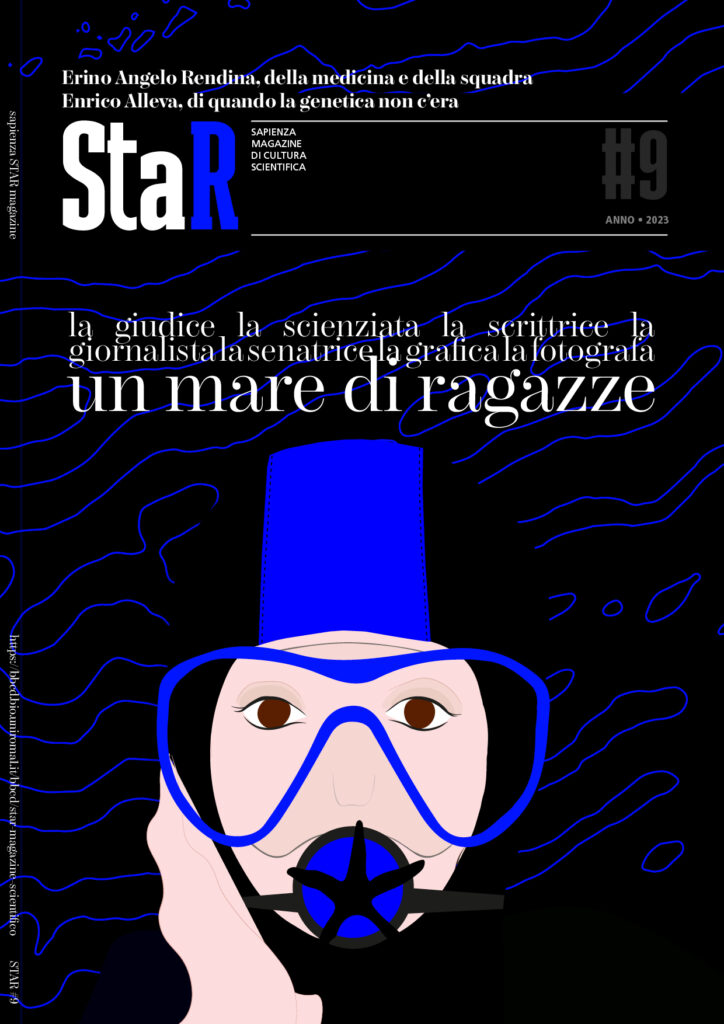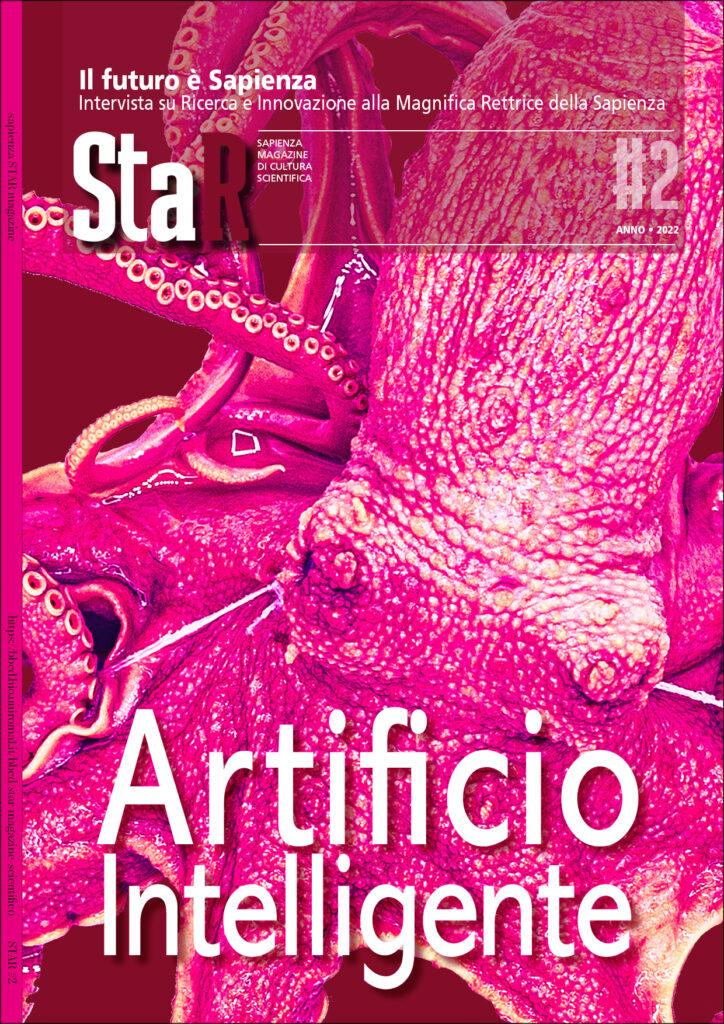
Imagine art
Alessandro Penso is a documentary photographer motivated by the desire to raise awareness of the injustices on the margins of Europe, that depicts people subjected to xenophobia, racism, and violence. We interviewed him. He wasn’t completely aware of it, but now he is right in front of our camera
When did you decide to become a documentary photographer?
I think the motivations of a carrier path can be found in a person’s growth and in the things, you were passionate since you were little. Photography came very late in my life, when I was around 26. Before, I’ve never imagined it has a working possibility even if I was fascinated by the idea of that kind of work. Traveling the world, meeting people, exploring but also the idea of fighting for right ideals and telling stories of those who need to make their voices heard were all things that I’ve always had in my head and that represent the meaning of photography. I had some chances that allowed me to study and became a documentary journalist.
How do you avoid being involved in the story you are showing? Both on a professional and emotive aspect
Being objective is fundamental in my profession and it is achieved with maturity. As a photographer you must keep in mind that there are many different points of view and. Therefore, there is a line that you can’t cross. Talking about the professional aspect is something learned over time, while the emotions are more difficult to manage because stories can be poignant hard to get rid of. But the problem is that feelings could make you see things in a different way interfering with your work so it’s important that you learn how to manage it. In that sense, the camera lens creates a barrier that may help to be more detached.
How do you make a connection with your subject?
When you take a picture to someone who is really agitated a good technique to calm him down is to make him laugh. In that way, the subject appears more relaxed, the posture and the facial expressions are more natural, and the photo is more beautiful. On the contrary, if you have a person who is too confident in front of the camera, you need to contain him. Being a good photographer does not always guarantee a high-quality work; there are many variables that changes unexpectedly and therefore it is often necessary to find a new solution. Reportage, instead, is completely different: you don’t announce that you are taking pictures so it’s important that the attention of the subject isn’t directed to you. In a reportage you usually have to prepare the settings before the shooting. So, you basically go in advance where you want to take pictures and think about what, how and when to photograph and mainly what message you want to convey with the work you will produce.
Your characteristic is to be an observer far from the scene, but you are still able to send a strong message. Do you agree?
Today, photography has changed. In the past, in journalistic and reportage photography the closer you were, the more you could capture a cruel moment and the more you were inside the story. Now things are different because everyone can record what is happening with a phone. So, a professional photographer must ask himself “what contribution can I make?”. Being a step back helps to capture the nature of things, and to tell the stories of who experiences these situations without limiting to the single event.
In your project during the pandemic you used the mobile phone as a means of expression, re-proposing the classic analogue versus digital discourse. Why the decision to use this tool?
Overall I don’t think the tool matters. Each is right depending on the project you intend to carry out. During the lockdown I used the phone to talk about a problem that we were underestimating in Europe, namely that not everyone could stay at home. There were people who didn’t have a home, or who weren’t adequate or even those who needed to work because they didn’t have a salary, but also those who lived in dangerous situations in their home and therefore couldn’t stay inside, and I wanted to give voice to this . I looked for people who could tell us the meaning of staying at home and being protected: from the boy living in a refugee camp to a prostitute in Colombia, from the indigenous person from the Amazon to a second generation Italian girl who lived with ten others family members in a home without a computer. I wanted to say that stay at home was not an egalitarian slogan for everyone, because for many, staying in your own home was something really difficult. Showing the phone allowed me to emphasize this message: on the one hand it is the means that allows me to enter people’s homes and on the other we could experience that story first hand.
You attended the Faculty of Psychology at university. Has your journey as a photographer drawn from this material?
In my opinion, working with other people, entering their lives and being curious are common characteristics of both photography and psychology. But I don’t think that studying psychology will make you become a better photographer, instead I think that whatever path you decide to take, it will take you somewhere. Having said that, having studied psychology has led me to reflect on certain things, in particular on the theme of giving back to those people who have opened their hearts to you, and who expect something. This is a job that requires you to be updated on many things, the study part is fundamental and requires a lot of time; going deeper certainly makes you a more accurate documentary photographer.
What projects do you have planned now?
I started working on climate change and I’m looking for a different approach to propose it to the public. I would like to talk about the consequences it has on people and immerse them in an environment which is the characteristic of my photographs, because I like their interaction. Then obviously I continue to work on immigration. This is a job where you have to create questions, intrigue people and create images that provide answers.
Alessandro Penso, documentary photographer, winner of the World Press Photo in 2014
Mattia La Torre, biologist and assistant professor at the Department of Biology and Biotechnology ‘Charles Darwin’ at Sapienza University of Rome
Sofia Gaudioso, biologist and science communicator, Sapienza University of Rome

















Commenti recenti